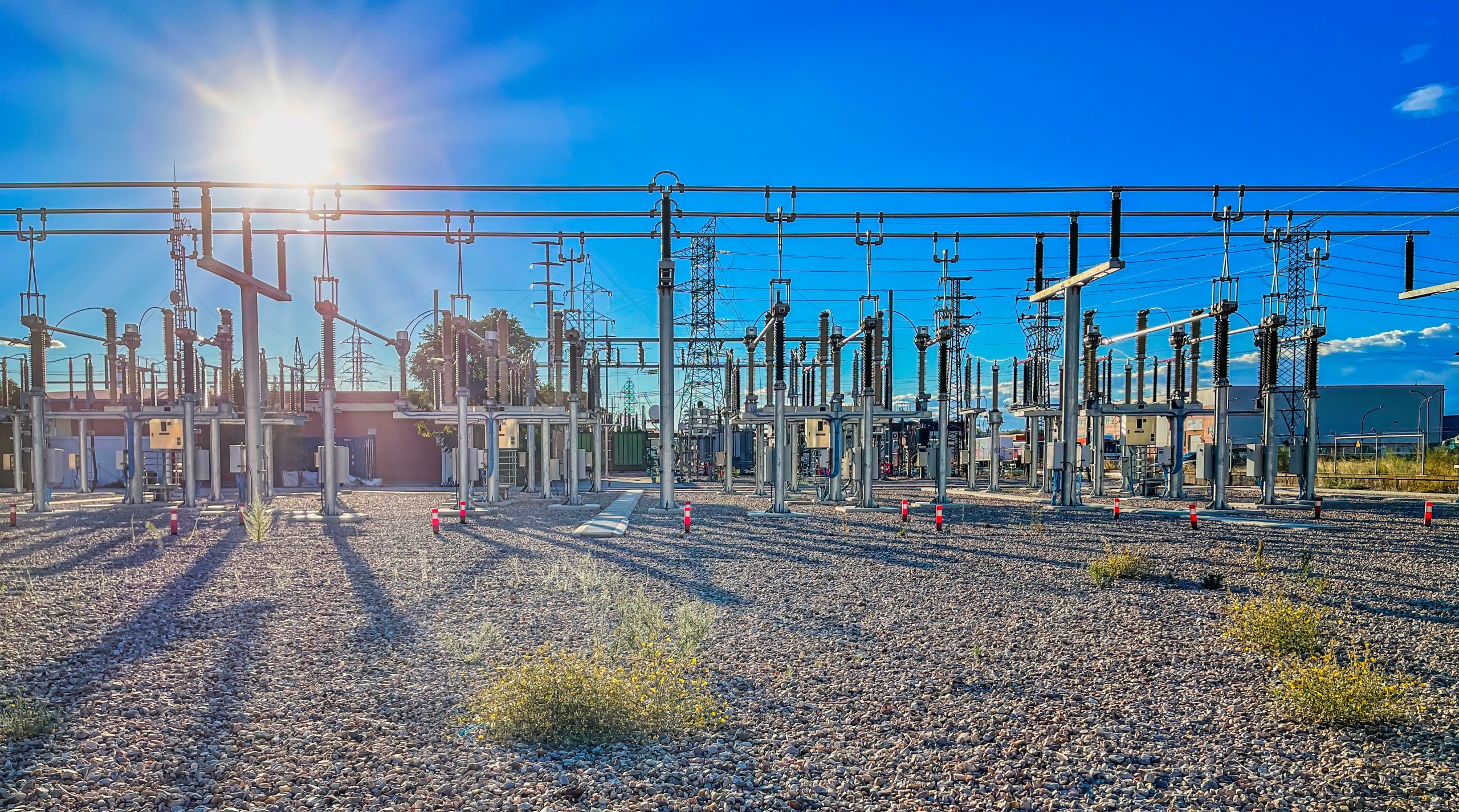Substation automation refers to the use of control systems and software to monitor, control, and manage equipment and processes related to the transmission and distribution of electricity. This offers numerous advantages such as increased efficiency, reduced human error, improved reliability and stability of the power grid, and cost savings.
This article examines substation automation with a focus on domestication. Domestic automation refers to the design, development, and implementation of automation systems using domestic knowledge, expertise, and technologies. This approach offers several advantages, including greater independence in meeting technological needs, supporting domestic industries, and saving foreign exchange.
Benefits of Substation Automation
Substation automation brings numerous benefits to the power industry and the country as a whole. Some of these benefits include:
- Increased Efficiency: Automation systems can significantly increase the overall efficiency of substations by optimizing processes and reducing energy losses.
- Reduced Human Error: Human error is a major cause of blackouts and other problems in power grids. Automation can significantly reduce these errors by eliminating direct human involvement in many tasks.
- Improved Reliability and Stability: Automation systems can quickly identify faults and take corrective action by closely monitoring equipment and the power grid. This improves the reliability and stability of the power grid.
- Cost Savings: Automation can significantly reduce operating costs of substations by reducing the need for manpower, maintenance, and optimizing energy consumption.
Domestic Substation Automation
Given the aforementioned advantages, substation automation is of great importance. In this regard, domestic automation can be considered as a suitable solution for upgrading this industry in the country. Domestic automation offers several benefits, including:
- Greater Independence: Domestic automation allows the country to become less dependent on foreign companies and technologies and to become more independent in meeting its technological needs.
- Support for Domestic Industries: Domestic automation creates job opportunities for domestic experts and supports knowledge-based companies, contributing to the growth of domestic industries and the development of domestic technologies.
- Foreign Exchange Savings: Domestic automation reduces the need to import foreign equipment and software, saving foreign exchange and preventing capital outflow from the country.
Challenges of Domestic Substation Automation
Despite the numerous advantages of domestic automation, there are also challenges to its implementation. Some of these challenges include:
- Lack of Knowledge and Expertise: Currently, there is a shortage of knowledge and expertise in the field of substation automation, especially in the area of domestic automation.
- Lack of Suitable Infrastructure: Developing domestic automation requires suitable infrastructure, such as research centers, well-equipped laboratories, and active knowledge-based companies in this field.
- Government Support: To promote domestic automation, government support is needed, including providing research grants and credits, encouraging domestic companies to invest in this area, and enacting supportive laws and regulations.
Solutions for Developing Domestic Substation Automation
To overcome the existing challenges and develop domestic substation automation, the following measures can be taken:
- Establishing Research and Educational Centers: By establishing research and educational centers in universities and research institutions, students and experts can be trained in the field of substation automation, especially in the area of domestic automation.
- Supporting Knowledge-Based Companies: By providing research facilities and credits to knowledge-based companies active in the field of substation automation, research and development in this area can be promoted.
- Encouraging Domestic Production: By enacting supportive laws and regulations, domestic companies can be encouraged to produce the equipment and software required for substation automation.
- Utilizing Experiences of Other Countries: By studying and examining the experiences of other countries in the field of domestic substation automation, their practices can be adopted for the development of this industry in the country.
- Organizing Conferences and Workshops: By organizing conferences and workshops, the exchange of knowledge and experiences in the field of domestic substation automation among experts and stakeholders can be facilitated.
Substation automation, as a necessity for upgrading the country’s power industry, plays a key role in increasing the efficiency, reliability, and security of the power grid. Domestic automation, as a suitable solution for breaking free from dependence on foreign companies and technologies, as well as supporting domestic industries and saving foreign exchange, can contribute to the sustainable development of this industry in the country. With careful planning, appropriate investment, and government support, the challenges in the path of domestic substation automation can be overcome, and significant achievements can be made in this field.
Source:
- https://civilica.com/doc/194218/
- https://civilica.com/doc/194218/
- https://faculty.kashanu.ac.ir/file/download/course/1571635036-hvsd-1.pdf





